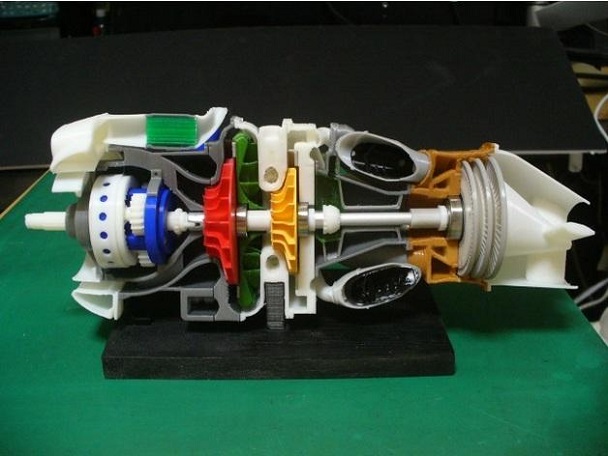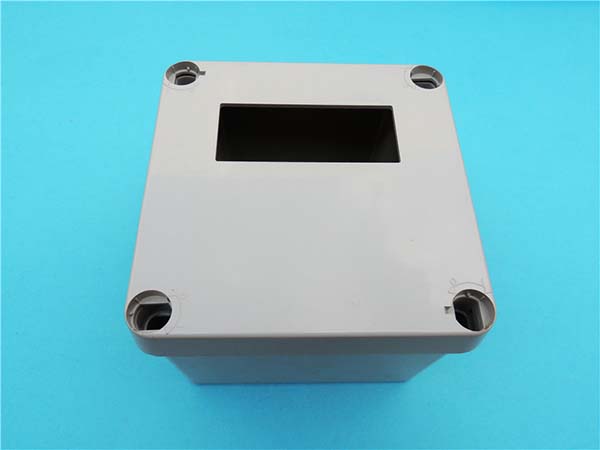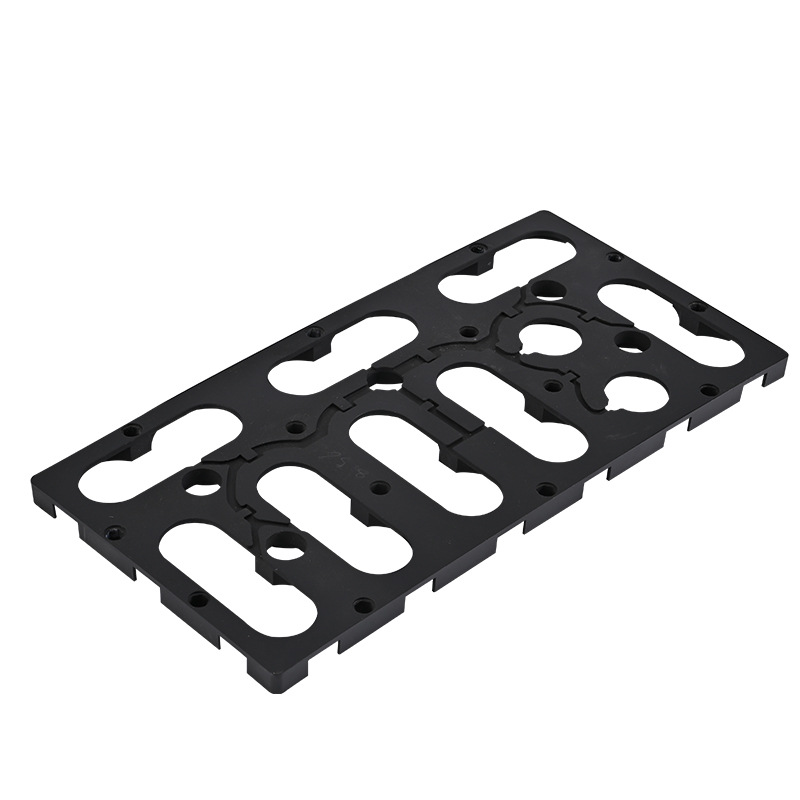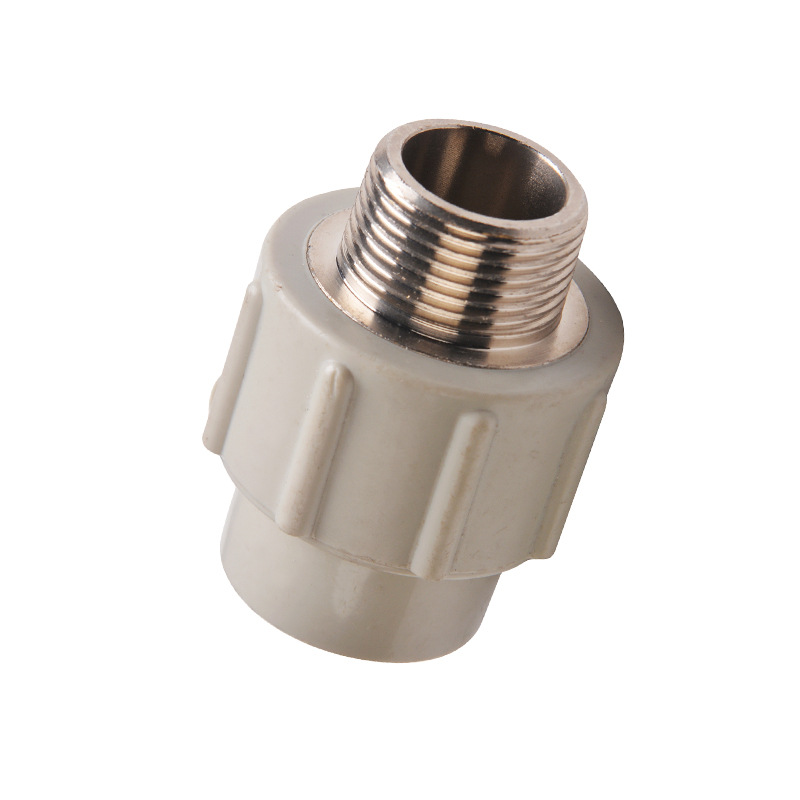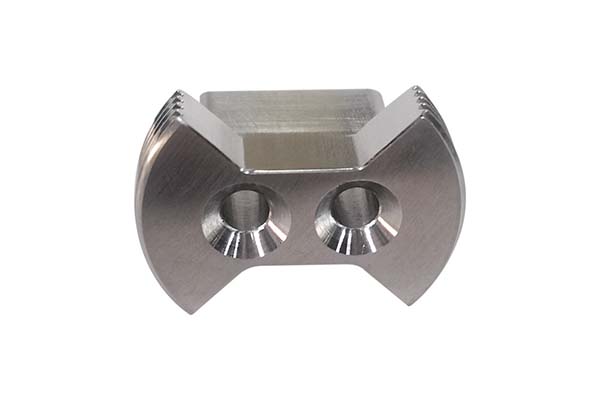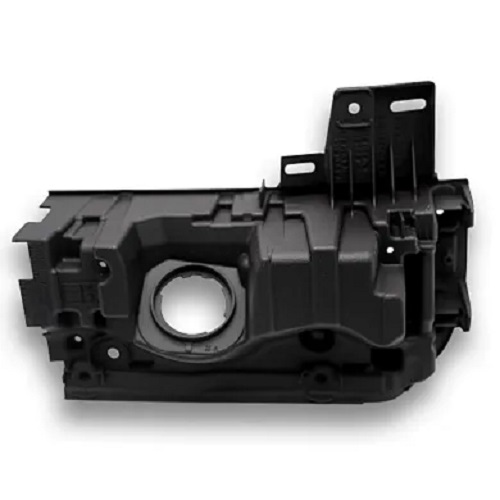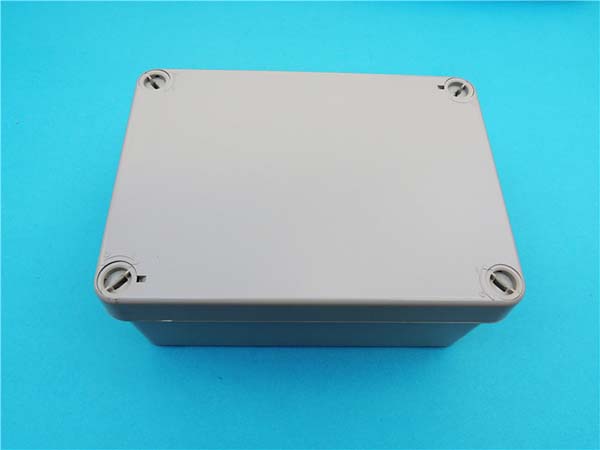Introduction
In recent years, 3D printing has emerged as a revolutionary technology across various industries, and the manufacturing of engine parts is no exception. This innovative approach is gradually transforming the traditional production methods in the engine manufacturing field. But you might be wondering: Can 3D printing really meet the high - precision and high - performance requirements of engine parts?
Engines are the powerhouses of vehicles, aircraft, and many industrial machines, and their parts need to withstand extreme conditions such as high temperatures, high pressures, and strong mechanical stresses. Traditionally, engine parts have been manufactured through casting, forging, and machining processes. However, 3D printing offers new possibilities, from complex internal structures to customized production, which we will explore in detail in the following sections.
What is 3D Printing?
3D Printing Basics
3D printing, also known as additive manufacturing, is a revolutionary process that creates three - dimensional solid objects from a digital file. It's a significant departure from traditional subtractive manufacturing methods, which remove material to shape a part. Instead, 3D printing builds objects layer by layer.
The fundamental principle of 3D printing is based on a digital model file. This file is created using computer - aided design (CAD) software or obtained from a 3D scanner. Once the digital model is ready, a 3D printer reads the file and uses various materials, such as powdered metal, plastic, or resin, to construct the object. For example, in a common Fused Deposition Modeling (FDM) 3D printer, a spool of thermoplastic filament is melted and extruded through a nozzle. The nozzle moves precisely according to the digital instructions, depositing the molten material layer by layer until the entire object is formed.
Key Elements of 3D Printing
- Digital File: As the starting point, the digital file contains all the geometric information about the object to be printed. It's like a digital blueprint. High - quality CAD models are crucial for accurate 3D printing, and they can be created by professional designers or reverse - engineered from existing objects using 3D scanning technology.
- 3D Printer: There are various types of 3D printers, each with its own unique technology and capabilities. FDM printers are popular for their simplicity and relatively low cost, suitable for hobbyists and small - scale production. Stereolithography (SLA) printers use ultraviolet light to cure liquid resin, enabling high - precision and smooth - surface prints, often used in jewelry and dental applications. Selective Laser Sintering (SLS) printers work with powdered materials, fusing them together layer by layer with a laser, and are suitable for creating strong and complex parts, including some engine components.
- Materials: The choice of materials in 3D printing is extensive. Common materials include:
- Metals: Such as aluminum, titanium, and stainless steel. Metal 3D printing is highly relevant for engine parts as metals can withstand high temperatures and mechanical stresses. For instance, titanium alloys are used in aerospace engine components due to their high strength - to - weight ratio.
- Nylon: Known for its toughness and durability, nylon is used in applications where strength and flexibility are required.
- Glass Fiber - Reinforced Materials: These offer enhanced strength and stiffness, making them suitable for parts that need to resist deformation.
- PLA (Polylactic Acid): A biodegradable and easy - to - print plastic, often used for prototyping and consumer products.
- Resin: Especially photosensitive resin used in SLA and Digital Light Processing (DLP) printers, allows for high - detail and smooth - finish prints.
- Rubber - Like Materials: Provide flexibility and shock - absorption properties, useful for parts like grommets or seals in engines.
3D Printing in Engine Parts Manufacturing
Current Applications
3D printing has found its way into various aspects of engine parts manufacturing. One of the most notable applications is in the production of fuel nozzles. For example, General Electric (GE) uses 3D printing to manufacture fuel nozzles for its LEAP engines. Each LEAP engine contains 19 3D - printed fuel nozzles. These nozzles are made from a cobalt - chromium alloy, and their complex internal structures are designed to optimize fuel spray patterns. Compared to traditional fuel nozzles, the 3D - printed ones are 25% lighter and five times more durable. This has led to a 15% improvement in fuel efficiency for the LEAP engine compared to its predecessor, the CFM56 engine.
Another significant application is in the manufacturing of turbine blades. Siemens has been exploring the use of 3D printing for turbine blades. These blades often have complex internal cooling channels to withstand the extremely high temperatures in the engine. With 3D printing, Siemens can create these cooling channels with high precision, something that is very difficult to achieve with traditional manufacturing methods. In a case study, Siemens found that 3D - printed turbine blades showed better heat - dissipation performance, which improved the overall efficiency of the gas turbine.
Benefits of 3D Printing for Engine Parts
Cost - Efficiency
When comparing the cost of traditional manufacturing methods with 3D printing for engine parts, 3D printing shows some distinct advantages. In traditional manufacturing, especially for complex parts, there is often a high material waste rate. For example, in the machining of a metal engine part, large amounts of metal are removed during the shaping process, leading to significant material costs. In contrast, 3D printing is an additive manufacturing process, which means it only uses the amount of material required to build the part. Some studies have shown that 3D printing can reduce material waste by up to 90% in some cases.
Moreover, the production cycle cost can also be reduced. Traditional manufacturing often requires multiple steps, such as casting, forging, and machining, each of which may involve different tools and equipment. This can lead to longer production times and higher costs. 3D printing, on the other hand, can produce a part in one build process directly from a digital model. For small - batch production of engine parts, 3D printing can save up to 50% in production cycle costs.
Design Freedom
3D printing breaks through the limitations of traditional manufacturing methods in terms of design. Traditional manufacturing techniques are often restricted by the need for molds or the limitations of machining operations. With 3D printing, complex internal structures such as internal cooling channels in engine parts can be easily created.
For instance, in the design of a high - performance engine's combustion chamber, 3D printing allows for the creation of intricate geometries that can enhance the mixing of fuel and air. A research project found that engines with 3D - printed combustion chambers with optimized internal structures showed a 10% increase in power output due to more efficient combustion. These complex designs are made possible because 3D printing builds parts layer by layer, following the digital model precisely, without the need for complex tooling or assembly steps.
Customization
3D printing enables the customization of engine parts to meet the specific needs of different engines. Different engines may have unique requirements based on their application, such as in aircraft engines, automotive engines, or industrial engines.
In the aerospace industry, where every gram of weight reduction can significantly impact fuel consumption and performance, 3D - printed customized engine parts can be designed with lightweight lattice structures. These customized parts can reduce the weight of the engine by up to 30% while maintaining the required strength. In the automotive industry, 3D - printed engine parts can be customized for different engine tuning requirements. For example, high - performance racing cars may require customized intake manifolds to optimize air - fuel mixture delivery, and 3D printing can quickly produce these tailored parts.
Yigu Technology's View
As a non - standard plastic metal products custom Supplier, Yigu Technology is highly optimistic about the development prospects of 3D printing engine parts. We firmly believe that 3D printing technology will play an increasingly crucial role in the future of engine manufacturing.
The customization advantage of 3D printing aligns perfectly with our business focus. We can create unique engine parts for different customers, whether it's for small - batch production in the automotive aftermarket or for customized components in the aerospace industry. For example, we can use 3D printing to produce non - standard engine brackets with complex shapes to meet the special installation requirements of some high - performance engines.
In terms of technological innovation, Yigu Technology has been investing in the research and development of 3D printing technology for engine parts. We have a professional R & D team that is constantly exploring new materials and improving printing processes. We have successfully applied some new 3D - printed materials in engine parts prototypes, which have shown excellent performance in terms of heat resistance and strength. We are committed to providing high - quality 3D - printed engine parts solutions and promoting the development of the industry through continuous innovation and improvement.
FAQ
What types of engine parts can be 3D printed?
Common engine parts that can be 3D printed include fuel nozzles, turbine blades, pistons, and intake manifolds. For fuel nozzles, 3D printing allows for the creation of complex internal channels, which can improve fuel atomization and combustion efficiency. Turbine blades can be designed with optimized cooling channels using 3D printing, enhancing their performance and durability under high - temperature conditions. Pistons printed via 3D technology can have a more precise structure, and some can even integrate cooling ducts, reducing weight and improving engine efficiency. The advantage of 3D - printing these parts lies in its ability to produce complex geometries that are difficult or impossible to achieve with traditional manufacturing methods, while also potentially reducing material waste and production time.
How does the cost of 3D printed engine parts compare to traditional manufacturing?
For small - batch production, 3D printing can be more cost - effective. Traditional manufacturing often requires high - cost tooling and molds, even for a small number of parts. In contrast, 3D printing can directly produce parts from digital models without the need for expensive molds, reducing upfront costs. However, for large - scale production, traditional manufacturing methods may be cheaper. This is because the unit cost of 3D - printed parts is relatively high due to the cost of materials and the time - consuming nature of the printing process. In traditional manufacturing, as production volume increases, economies of scale can significantly reduce the unit cost through mass - production techniques like casting and forging.
What are the quality standards for 3D printed engine parts?
Quality standards for 3D printed engine parts mainly include material performance standards and dimensional accuracy standards. In terms of material performance, the mechanical properties of 3D - printed parts, such as tensile strength, fatigue resistance, and hardness, must meet the requirements for engine operation. For example, parts used in high - temperature areas of the engine need to have excellent heat - resistance. Dimensional accuracy standards ensure that the 3D - printed parts fit precisely into the engine assembly. Tolerances are typically required to be within a very small range, often in the millimeter or even sub - millimeter level. To ensure these standards are met, strict quality control measures are implemented. This includes pre - processing checks of the digital model, in - process monitoring during 3D printing to detect any anomalies, and post - processing inspections using techniques like X - ray inspection for internal defects and coordinate measuring machines for dimensional accuracy verification.
